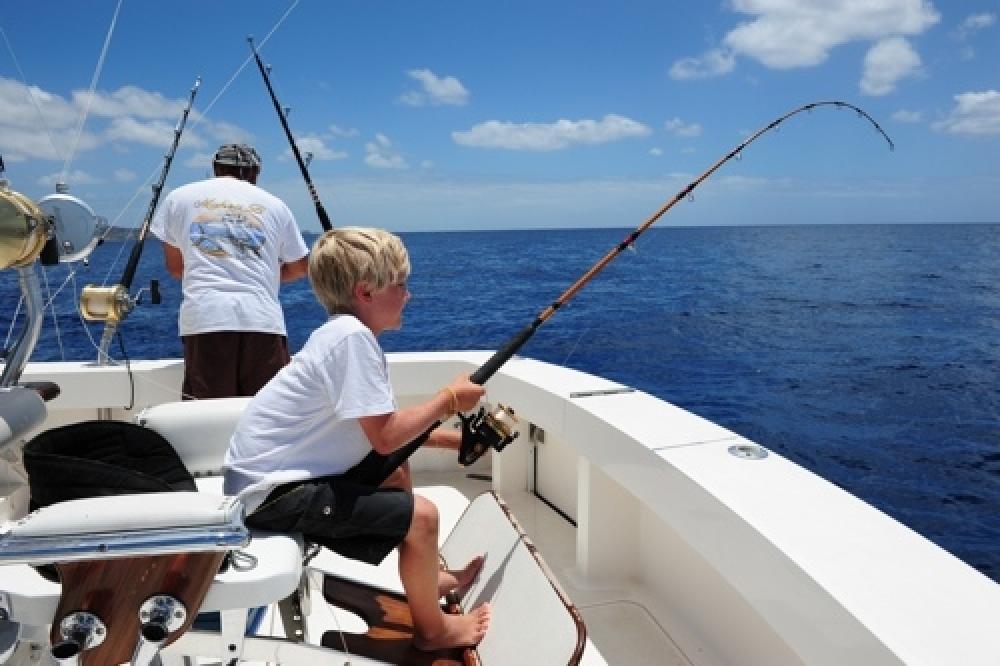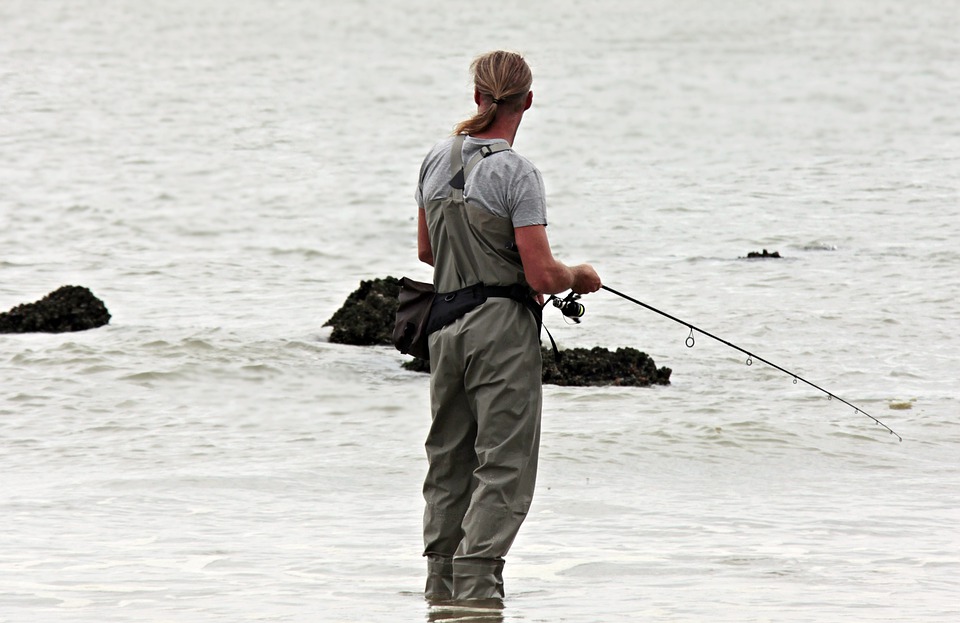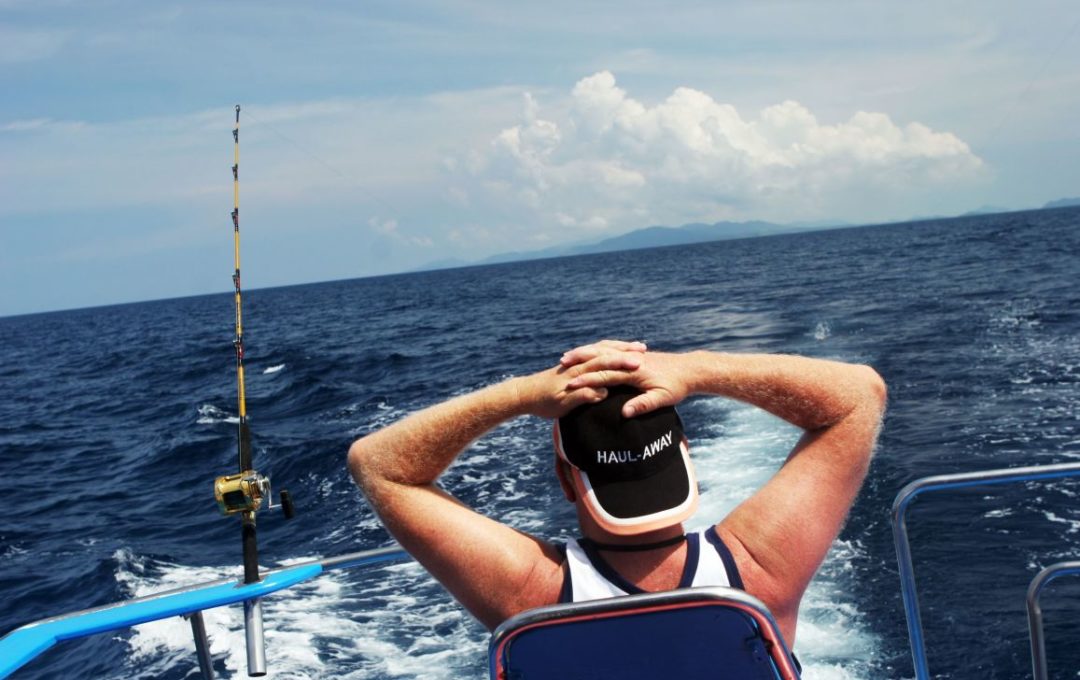As far as outings and excursions across the Turks & Caicos Islands go, few come more highly recommended than deep sea fishing. A simple fact of the matter is that if you’ve never been fishing in this part of the world, you have absolutely no idea what kind of treat you’re in for. There’s really no other place on earth that comes close when it comes to beauty, tranquillity and the opportunity to catch the most mind-blowing fish and sea creatures in existence. Even if fishing doesn’t happen to be your thing, it’s absolutely guaranteed that your entire perspective on things will be changed for life after a single trip out in the Caribbean.
Should this happen to be your first time, there will be certain rules and regulations to follow along the way as outlined by your skipper or charter provider. Depending on the company you choose, the time of year you head out and the kinds of fish you’re looking to catch, it may be necessary to follow very strict and specific catch and release rules. Some charter companies specialise in catch and keep trips, others quite the opposite.
What’s important to remember is that if you find yourself on a catch and release outing, it’s most probably for a very good reason. As such, it’s a good idea to familiarise yourself ahead of time with the very basics of catch and release etiquette, just to make sure you’re on par with expectations when the time comes.
So if this is to be your first time out and catch & release is the order of the day, here’s a quick overview of a few pointers to keep in mind:
1 – Gently Does It
First up, in any instances where catch and release rules apply, it should be pretty obvious that it is all for the welfare of the fish themselves. As such, there’s really no sense in following catch and release rules if you plan on handling the fish without any kind of care or attention having hooked and/or netted them. It’s one thing to marvel on your catch and pose for a photo or two – it’s something else entirely to throw, batter and bash the fish around like they mean nothing to you at all. So in any instances where catch and release is the rule, try to be as gentle and thoughtful as possible.
2 – Crush the Barb
When the time comes to unhook the fish you catch, be sure to completely crush the barb on the hook using anything suitable. To try and remove a barbed hook with the barb still in place can cause serious, potentially fatal harm to the fish and so to a large extent makes the whole purpose of catch and release somewhat redundant. If you’re not sure how to effectively crush the barb, ask the skipper or those around you for help.
3 – Don’t Hang Around
The longer the fish remain out of the water, the higher the likelihood of them suffering serious and potentially permanent damage. Most anglers have their own specific rules to follow when it comes to exactly how many seconds fish should be returned to the water within, though as a rule of thumb, just think about how long you yourself can hold your breath. If you keep the fish out of the water for any longer than you’d be able to comfortably hold your breath, this is generally acknowledged as too long.
4 – Wet Hands or Gloves
Try to remember that fish are covered with a protective slime coating that plays a crucially important role in protecting them from disease, infection and harm in general. This coating is exceptionally delicate and can easily be removed or damaged when the fish is handled either with dry hands or the incorrect gloves. It’s always recommended that fish be handled as little as possible – a de-hooker therefore providing useful – though when and where they must be handled, do so with wet hands or wet gloves.
5 – Jaws?
Last but not least, no matter how many times you have seen anglers all over the world dangling fish by their jaws, this is absolutely not the way to go when it comes to catch and release. In any instance where the health and welfare of the fish matter, it’s crucially important to handle and hold them as gently as possible providing full support to their bodies. Hold the fish from underneath and try to distribute/support their weight evenly – never hold them by their jaws or tails.



